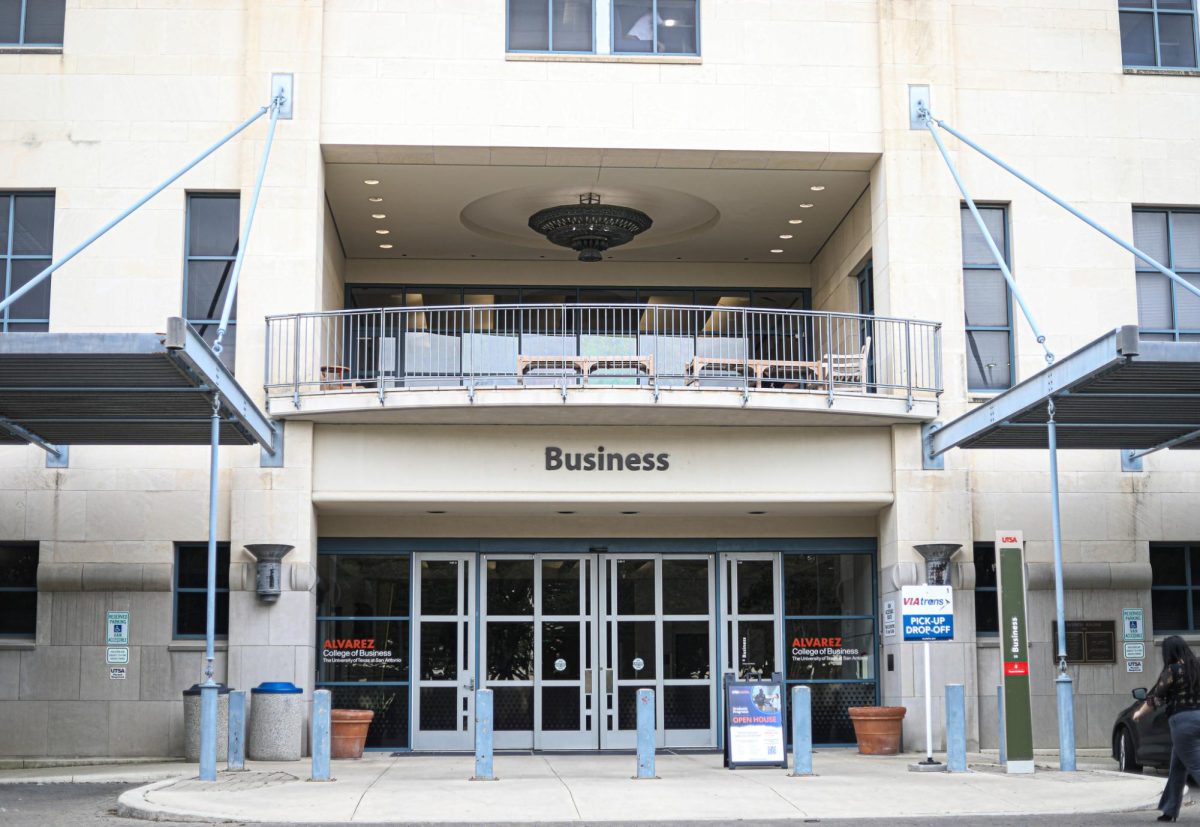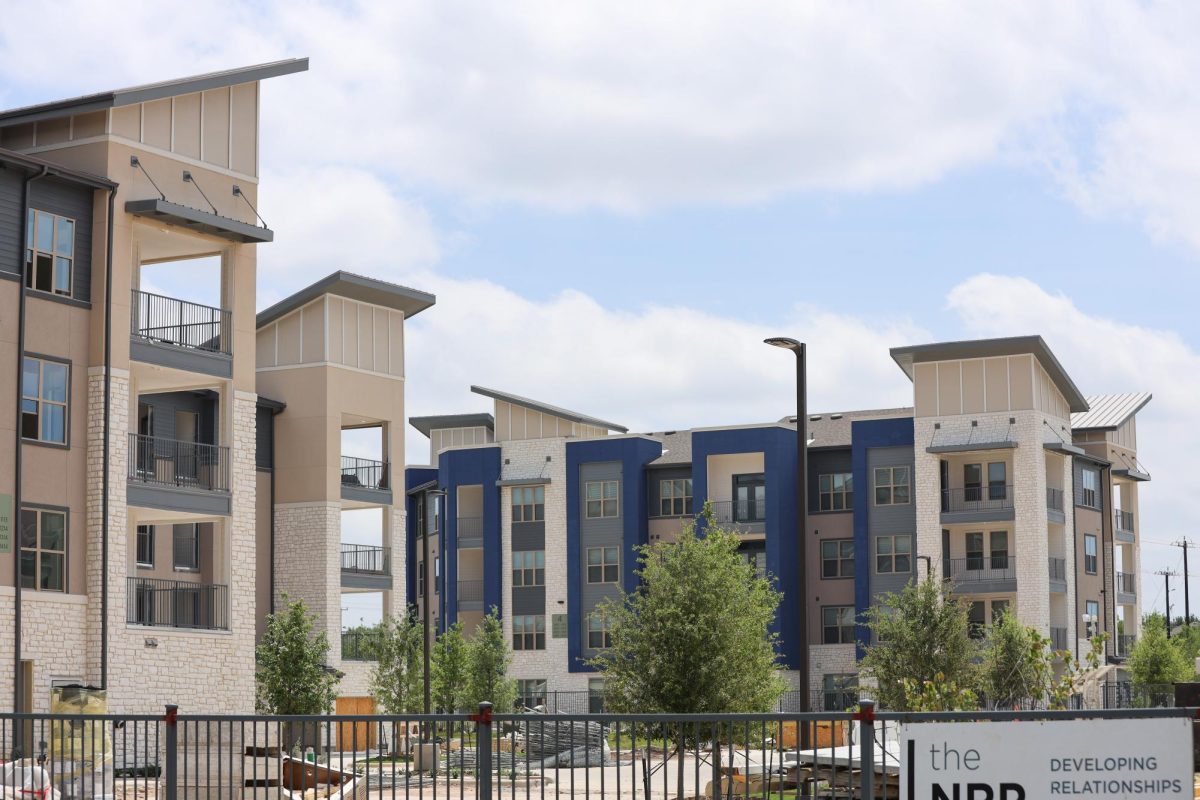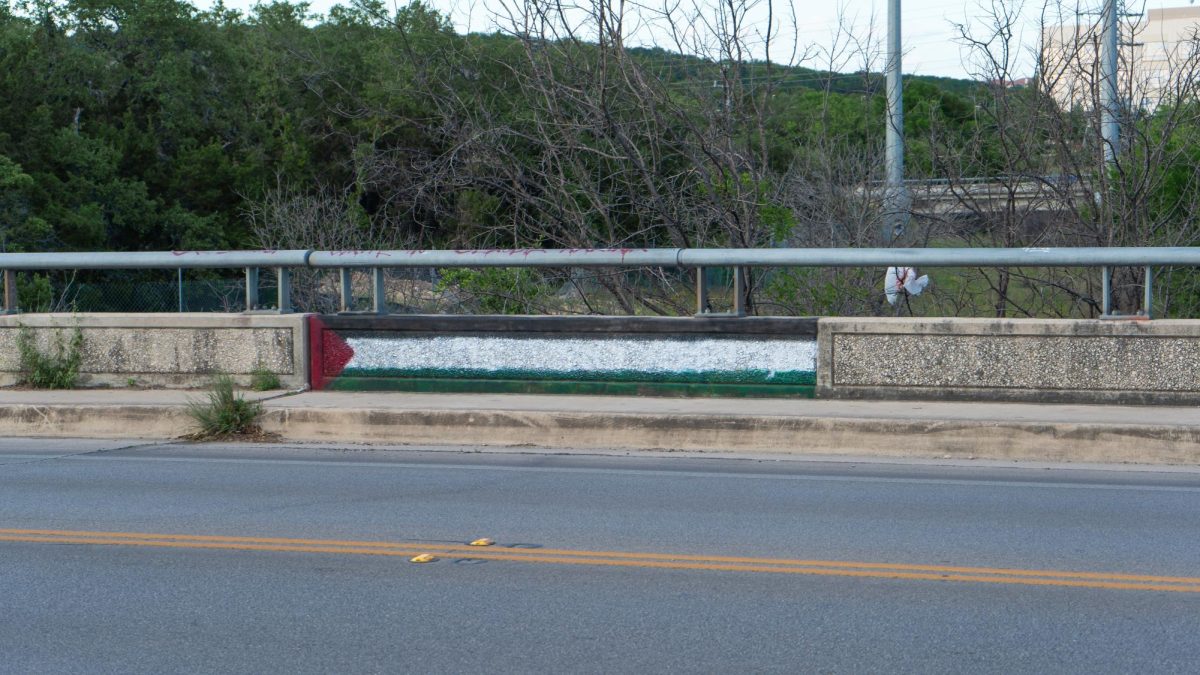_sombrilla__gallery.jpg)
Marcus Connolly/ The Paisano
As UTSA’s four-year graduation rate continues to improve, the university continues to push toward Tier One status. However, part-time students fear UTSA is losing sight of its original mission of being a regional university.
Last year, the four-year graduation rate at UTSA rose to 13 percent, an improvement from 7 percent only 6 years ago. The university does not keep track of its part-time graduation ratings.
Amy Palos is a 24-year-old part-time freshman psychology major, full-time USAA employee and a full-time wife and mother of two.
“Though education is important, and in the end it would be the best thing for my family and me financially, if I went full-time, providing and being there for my family right now will always be more important,” said Amy.
According to a National Clearinghouse study of 2.3 million college students in 2007, 67.1 percent of part-time students dropped out of college. The report stated, “Students who pursue post-secondary degrees exclusively part-time are the least likely group to graduate within six years.”
UTSA is already working to encourage students to enroll full-time, posting “#finishin4” signs around campus.
Senior English major Nigelle Cochran believes there are perks of being full-time. “Not only do you accomplish your degree faster, but once you finish the core curriculum and embark on your degree courses, you are totally immersed in your subject area. Your mind is kept up-to-date and fresh with all of the terminology, facts and how-to’s,” said Cochran.
In the Clearinghouse study, only 21.9 percent of exclusively part-time students actually completed their degrees. However, the study did show an increase in the ages of part-time students who completed their degrees. Of those who graduated as part-time students, 11.4 percent were 20 years and younger when they began college and 29.2 percent were 24 years and older.
However, part-time UTSA students illustrate a different trend. In 2004, the average undergraduate at UTSA was 23 years old, and 37 percent of students were non-traditional students (23 and older). In 2014 the average age was 22 years old with 25 percent of non-traditional-aged students.
Some students believe that UTSA is slowly becoming a school that favors traditional-aged students over non-traditional students. “I thought UTSA was supposed to be a diverse school. Now it seems like they only want kids fresh out of high school,” said junior biology major Matt Garza.
There has also been a decrease in part-time enrollment over the years. In 2004, 24.8 percent of undergraduates were enrolled part-time. By 2009, that number had fallen to 20.9 percent, and in 2014 just 16.6 percent were enrolled part-time.
While the decrease of part-time enrollment supports UTSA’s Graduation Rate Improvement Plan (GRIP), many part-time students feel excluded. With the limited availability of night-classes and online-classes, some part-time students feel the university is not as friendly to non-traditional students.
While UTSA is striving for higher graduation rates and more full-time enrollment, the university is not oblivious to students’ lives outside of school. Miranda Swain, academic advisor from the Arts & Humanities Advising Center, understands that not every student will be able to attend school full-time and she has never pressured a student to do so. “I think there should be a direct correlation in regards to how many hours you take and how busy your personal life is,” said Swain.











